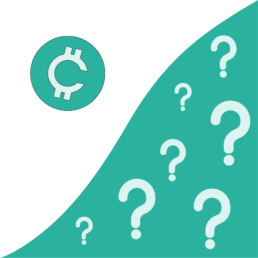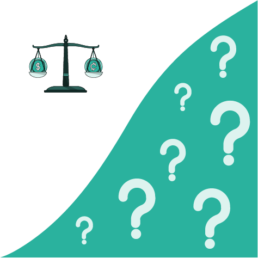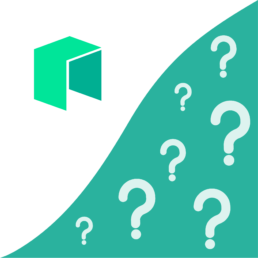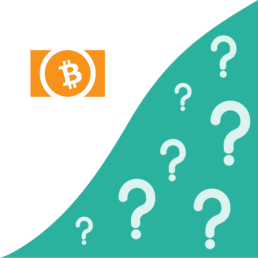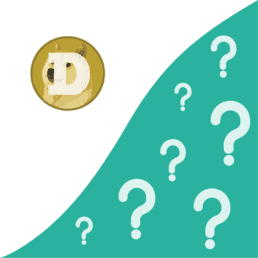What is money?
Before we delve into the world of cryptocurrencies and what they are, let’s first take a moment to ask ourselves a very important question, ‘What is Money?’
Money is a tool that we, as humans, use to represent value. Historically, we used lots of things as money, from livestock to spices and from salt to gold amongst many others. Prior to the inception of ‘money’ as we know it, mankind traded one item for another to get what they wanted, or needed. Problems often arose when a person wanted a particular good or service but the merchant didn’t need anything that person had to offer. To solve this problem a standardised form of payment was created, broadly, this is what we refer to as ‘money’. Over the evolution of our societies there have been many of these standardised forms of currencies from gold, to paper (the notes in your wallet that represent a specific value) and now, most importantly, cryptocurrency.
Gold
Gold has been both a store of value and a signifier of wealth for thousands of years and it’s easy to see why when you look at it in simple terms. It is indestructible, it’s rare, laborious to acquire, cannot be manufactured and it’s tangible (you can hold it in the form of coins). Regardless of the political structures or people in power across the globe Gold has truly stood the test of time.
However, there are limitations to gold. Primarily, the impracticality of carrying physical gold around. It was at this point that ‘paper money’ was adopted.
Paper / Commodity money
After using coins, paper money was introduced. Paper money was originally an agreement to pay in coin, which is a lot like an I.O.U. This solved the practicality issues of cumbersome gold by essentially trading pieces of paper that promise you own coins that are stored in a vault. This form of currency worked very well but was later changed to fiat currency. Until 1971 every dollar in the US (still in the paper form) was backed by gold until President Nixon abandoned the gold standard and moved the financial systems to what we now know as ‘the fiat currency era’. The reason this change happened was due to the restrictions a commodity-based system had over the government as they could only introduce new money into the economy if they had the gold to back it.
Fiat money
Fiat money is different from commodity money as the latter has value underpinned by physical goods such as silver and gold. Fiat money is legal tender, or currency (bank notes and coins), which has value because of an underlying trying in a government. Bluntly, if the public has enough confidence and faith in the government, fiat currency maintains a value. Believe it or not, most of what people think of as money is not tangible, it is just numbers within bank accounts, saved on computer systems. This makes money a lot more simple to count, move and administer.
Most countries around the world use a government-backed currency such as the Pound, US dollar and Euro. Fiat currency’s value is underpinned by the confidence and the strength of the government which issued it, rather than being backed by anything tangible with an intrinsic value. As a result of this governments can create money out of thin air, which in extreme cases, causes hyperinflation and the collapse of an economic system. This centralisation of money has led to many currencies around the world collapsing throughout the decades due to the value of each unit of fiat currency reducing as it’s overprinted by governments.
Cryptocurrency
Cryptocurrencies, like Bitcoin, are decentralised digital currencies, which have incorporated some of the beneficial features from fiat money and commodity money but are designed to avoid the downfalls. One of the key similarities with fiat currency is that cryptocurrencies are not backed by a commodity. However, while fiat money is generally controlled by the government that issued it, cryptocurrencies are decentralised, meaning a level of equality exists due to the distributed ledger or blockchain. The concept of decentralisation can be hard to get your head around. A great example of this is something that you use every day, in fact you are using it right now, the internet. No one owns the internet. It’s the largest store of data and the most influential network that people have ever created. There isn’t one organisation that owns it in its entirety meaning it’s decentralised. An advantage of this decentralisation in monetary terms is that cryptocurrencies are global and not tied to the fate of a country or government. Additionally, blockchains are an immutable record of transactions which means cryptocurrencies can’t be double spent, or manipulated which is currently a problem faced by fiat money.
Furthermore, another major advantage, similar to commodity money, is that each cryptocurrency has a controlled supply. This means money cannot be printed out of thin air whenever the government wants.
One of the main criticisms of cryptocurrencies is that it can be very volatile. As a relatively new concept this can’t be denied, but as we’ve witnessed over the past few years, as the market grows, the volatility decreases and as more institutional investments flow into the crypto economy we are beginning to witness a new era of digital money free from government control and political manipulation.
Summary
Over the years there have been many different forms of money each with their own pros and cons but each well suited for their time. The transition between these currencies over time has allowed society to develop and advance. Currently, our fiat system works but there are some major flaws that are clear to see, which leaves you wondering ‘Is it time for a change?’.
Learn more about cryptocurrency
What is Bitcoin?
What is crypto
What is Ethereum?
What is crypto
What is Cryptocurrency?
What is crypto
What is a Blockchain?
What is crypto
What is DeFi?
What is crypto
What is Chainlink?
What is crypto
What is a Whitepaper?
What is crypto
What is an ERC-20 Token?
What is crypto
What is Proof of Stake?
What is crypto
What is Proof of Work?
What is crypto
What is Stellar?
What is crypto
What is Tezos?
What is crypto
What is a Stablecoin?
What is crypto
What is Litecoin?
What is crypto
What is Cardano?
What is crypto
What is NEO?
What is crypto
What is Monero?
What is crypto
What is Bitcoin Cash?
What is crypto
What is Polkadot?
What is crypto
What is Basic Attention Token?
What is crypto
What is Solana?
What is crypto
What is Binance Coin?
What is crypto
What is Dogecoin?
What is crypto
What is a Bitcoin ETF?
What is crypto
What is a NFT?
What is crypto
Sign up to our newsletter
What is cryptocurrency?
Where to buy cryptocurrency?
How to buy cryptocurrency?
Manage cryptocurrency
Disclaimer
Our publications do not offer investment advice and nothing in them should be construed as investment advice. Our publications provide information and education for investors who can make their investment decisions without advice. The information contained in our publications is not, and should not be read as, an offer or recommendation to buy or sell or a solicitation of an offer or recommendation to buy or sell any cryptocurrency. Prices of cryptocurrency may go down as well as up and you may not get back the original amount invested. You should not buy cryptocurrency with money you cannot afford to lose. To see our full disclaimer click here.


